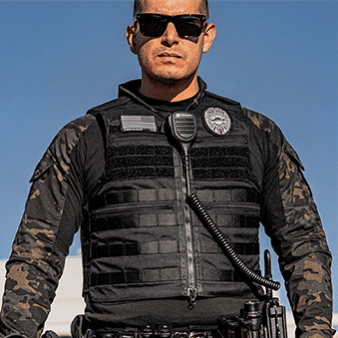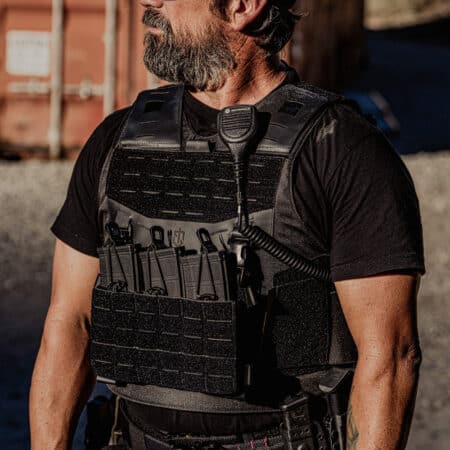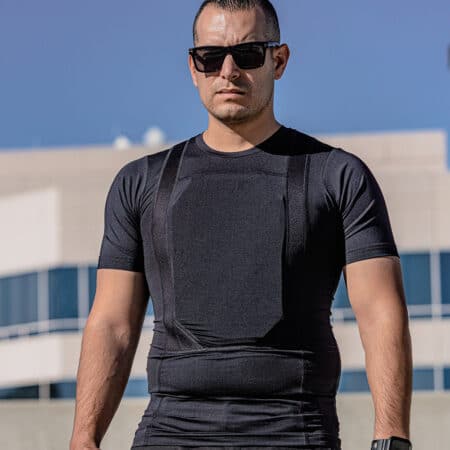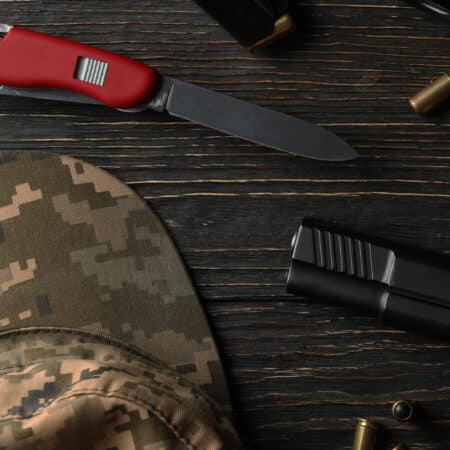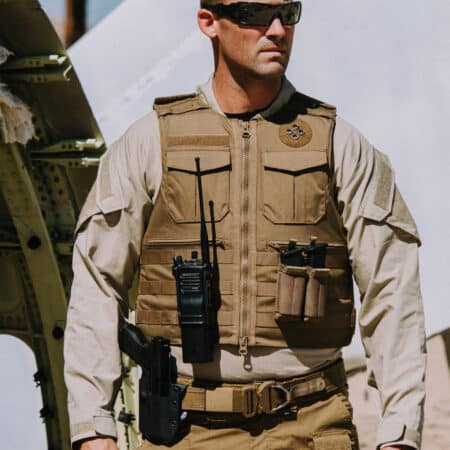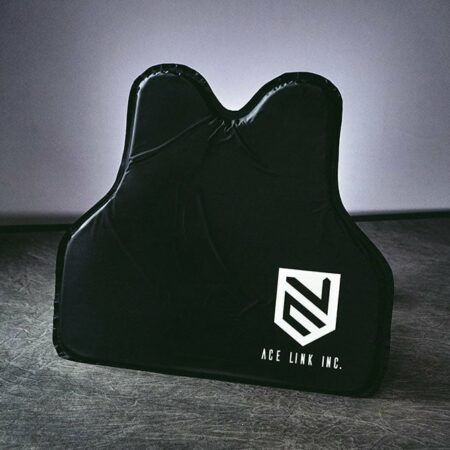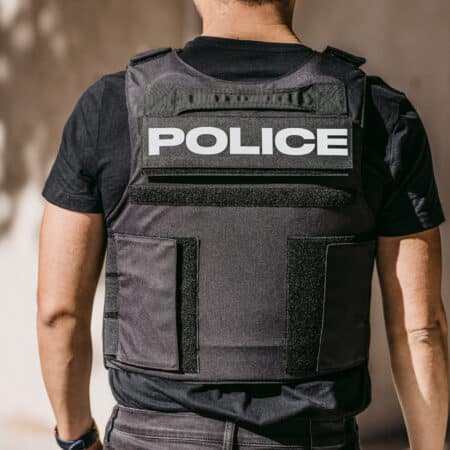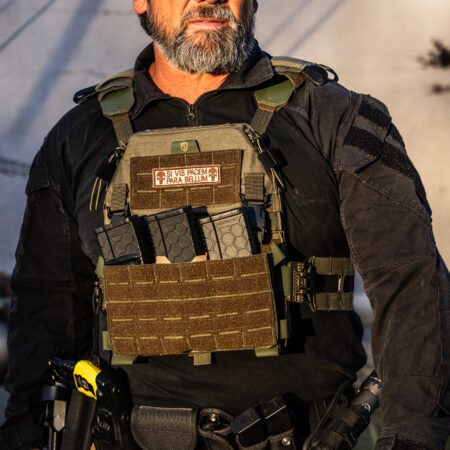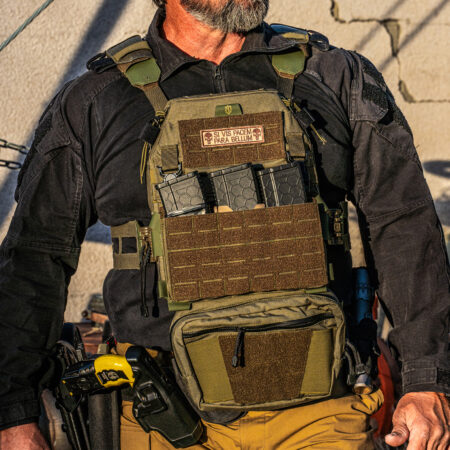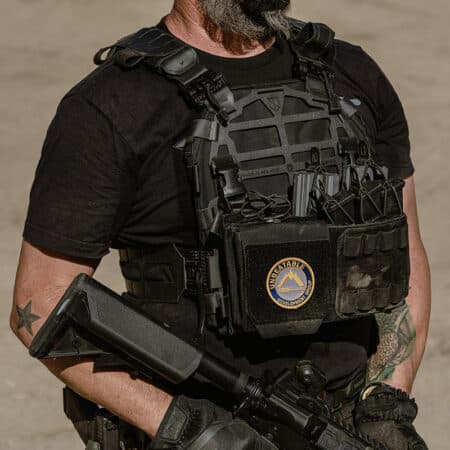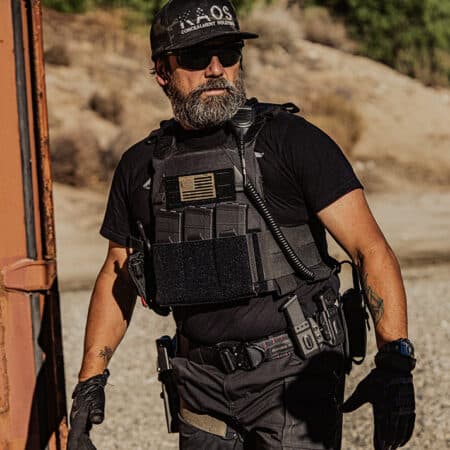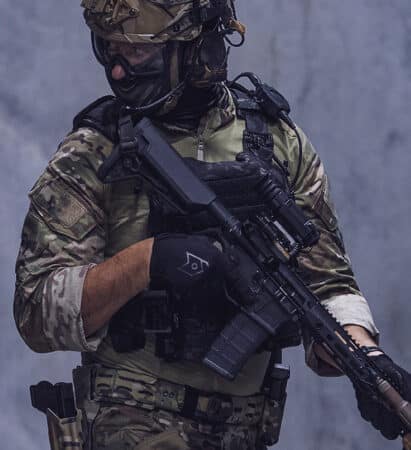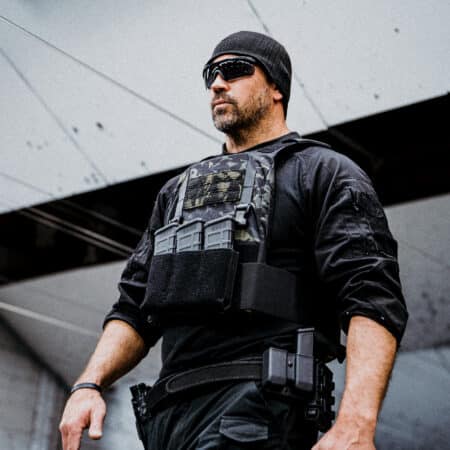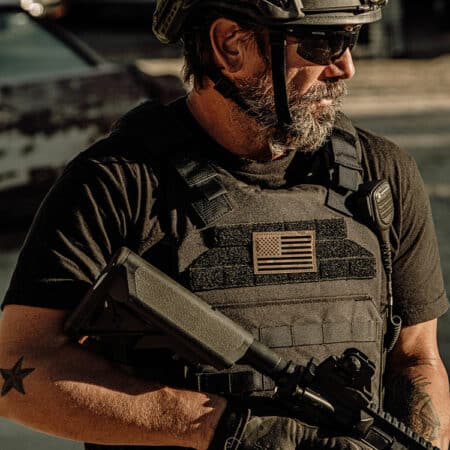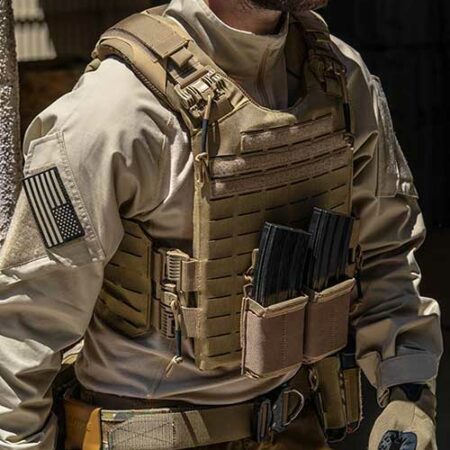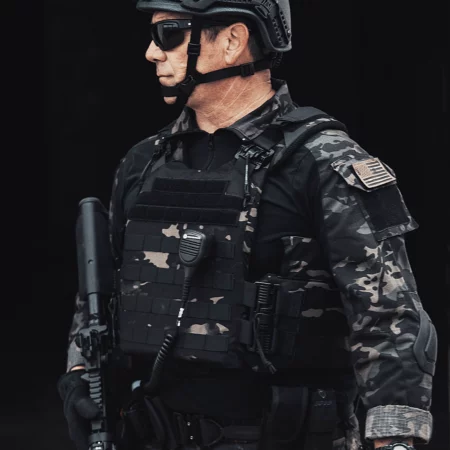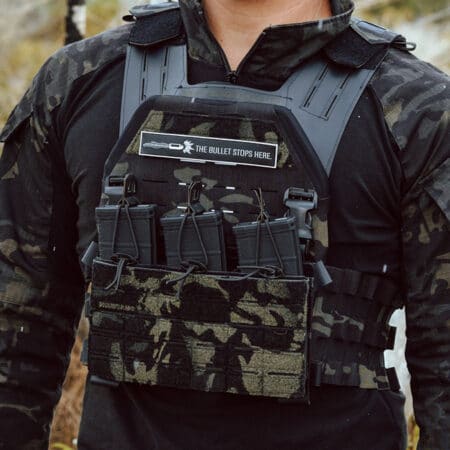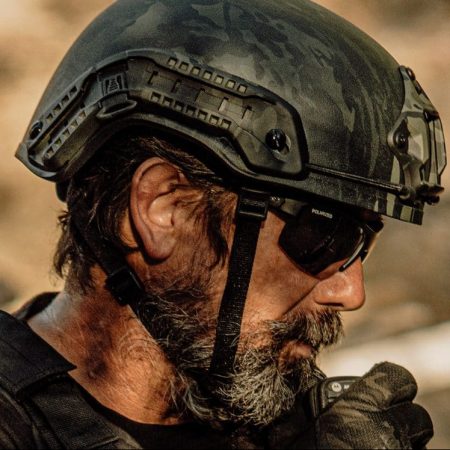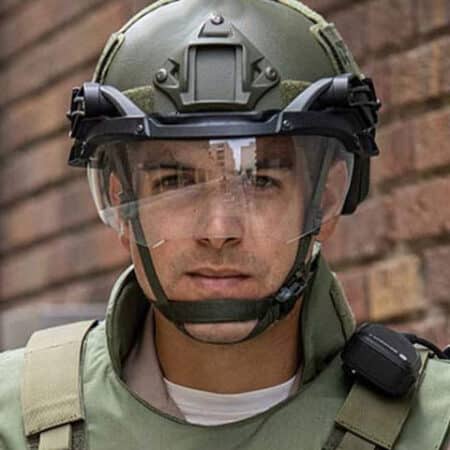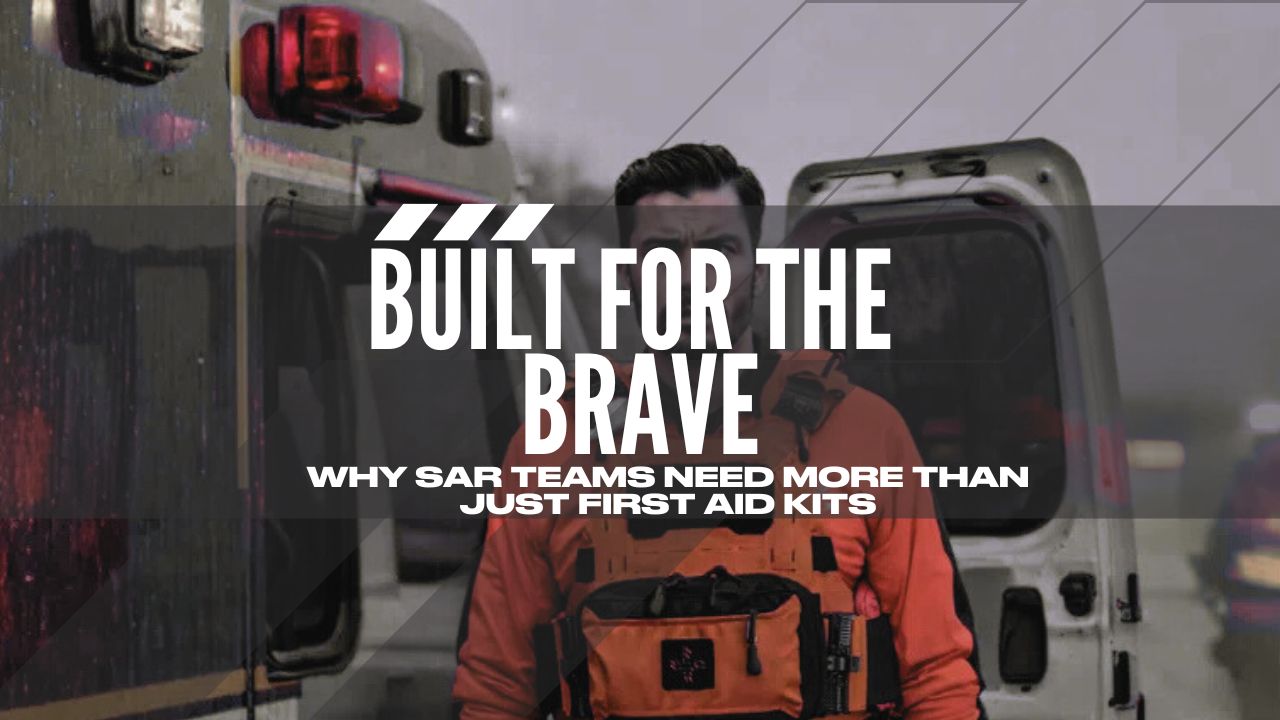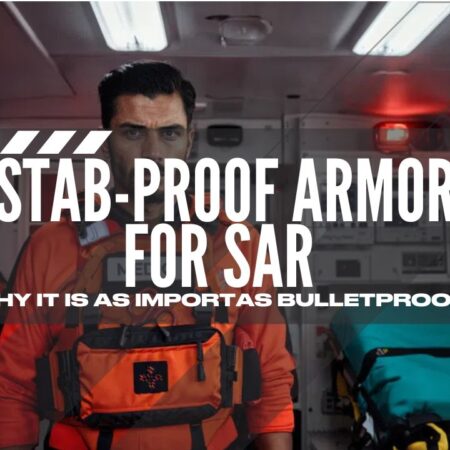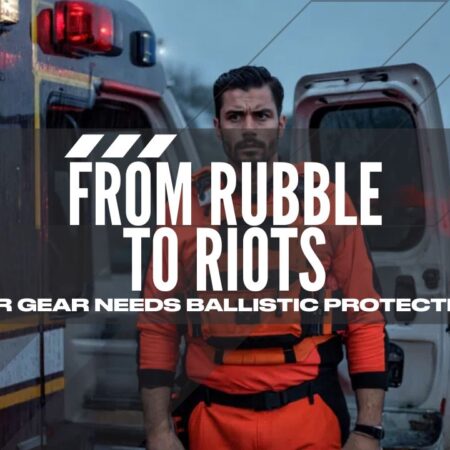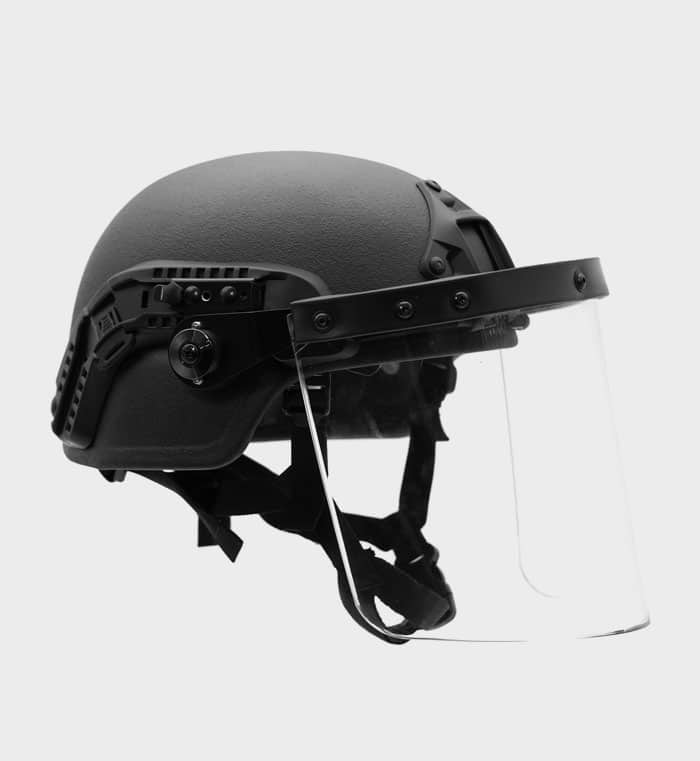- The Evolution of SAR in today's world:
- Common misconceptions about SAR safety:
- The New Normal in Rescue Zones: Rising Deployments in Active Crime and Disaster Areas
- Why First Aid Isn’t Enough for Modern SAR:
- Beyond Bandages: The Limitations of Basic First Aid
- The Gap Between Trauma Gear and Personal Safety
- How the VSV Fills the Gap:
- Conclusion:
Search and rescue (SAR) is a critical mission for many first responders, civilian volunteers, and specialized military or law enforcement teams. While the scope and demands of SAR missions vary significantly by context, these operations routinely involve high-risk environments, complex challenges, and in some situations, life-or-death consequences as well.
Yet in these critical moments, a first aid kit alone isn’t enough. SAR demands specialized gear—from trauma supplies and technical tools to communication devices and protective equipment—all while navigating rugged terrain, harsh weather, or even unstable disaster zones. Equally important is how you carry it: gear must be secure, accessible, and ergonomically designed to avoid slowing down rescuers when seconds count.
That’s why we engineered the VSV Vest, a purpose-built solution for SAR professionals. So, let’s learn more about the VSV Vest, and how its mission-ready features are redefining the standards of search and rescue efficiency.
The Evolution of SAR in today’s world:
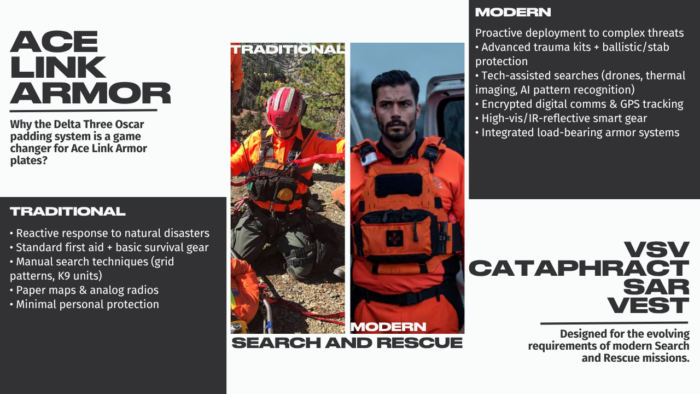
Search and rescue (SAR) operations have undergone a dramatic transformation in recent years, expanding far beyond traditional natural disaster response. Today’s SAR teams increasingly operate in more volatile, high-risk environments.
Where threats extend beyond collapsed buildings or rugged terrain—they now include ballistic dangers and human-made hazards. The rise of urban conflict zones, active shooter aftermaths, and regions plagued by civil unrest has forced SAR professionals to prepare for scenarios once reserved for tactical military units.
In war-torn areas like Ukraine, Africa and the Middle East, rescuers navigate rubble not just from earthquakes but from airstrikes and artillery fire, often under the threat of armed combatants.
Even in the US, Active shooter incidents demand SAR professionals to do extractions while the situation may still be unsecured. SAR professionals need ballistic protection and close coordination with law enforcement. Even in domestic protests or riots that escalate violently, SAR teams must balance emergency medical response with personal safety to be effective in today’s evolving SAR landscape.
This shifting landscape has blurred the lines between traditional rescue work and tactical operations, pushing SAR gear, training, and protocols to evolve.
Common misconceptions about SAR safety:
When Most people hear about search and rescue in the civilian world, they mostly think about situations like rescuing a stranded hiker, or searching for a missing person. But in today’s modern, and increasingly uncertain day and age, real-world SAR scenarios are dynamic, often requiring responders to adapt to extreme environments, unpredictable hazards, and rapidly changing conditions.
A well-equipped Search and Rescue team isn’t just carrying first aid supplies; they’re preparing for multi-threat scenarios where they need high visibility, communication, durability, and sometimes, even ballistic protection.
Urban SAR teams, meanwhile, face entirely different challenges—chemical exposures, structural instability, and the need for seamless coordination across agencies.
The misconception that “one-size-fits-all” safety gear works in all operations ignores these critical situational demands. True SAR readiness means anticipating not just the known risks, but the unexpected—whether that’s a drone-assisted search in dense forest, a water rescue with swift currents, or a prolonged mission where gear must endure relentless wear. Safety isn’t just about having the right tools; it’s about having tools designed for the specific, often unforgiving realities of the rescue environment.
The New Normal in Rescue Zones: Rising Deployments in Active Crime and Disaster Areas
In today’s age, Search and rescue operations aren’t limited to remote wilderness or natural disasters. Today’s SAR teams are increasingly deployed into active urban crime zones, post-disaster looting scenes, and regions destabilized by civil unrest. These high-threat environments demand a radical shift in tactics, gear, and mindset.
In urban environments plagued by political unrest, gang violence or armed conflicts, SAR medics now have to treat gunshot wounds as well, navigating streets where rival factions may view aid workers as targets or bargaining chips. After hurricanes or earthquakes, volunteer rescue teams often respond before law enforcement, facing looters, booby-trapped buildings, and desperate crowds that can turn hostile over dwindling supplies.
The 2023 Haiti crisis, for example, saw SAR helicopters fired upon while evacuating civilians from gang-controlled areas—a scenario once unthinkable in traditional rescue doctrine.
Why First Aid Isn’t Enough for Modern SAR:
So, looking at the evolving nature of search and rescue missions, it is safe to assume that a simple first aid kit isn’t enough. These days, SAR professionals need solid load bearing platforms that can carry all of their communication, survival, and tactical gear securely and comfortably. In some situations, they may even require ballistic protection.
Search and rescue missions no longer fit the traditional image of a medic with a basic first aid kit treating a stranded hiker. Today’s SAR professionals operate in war zones, disaster-stricken cities, and politically volatile border regions—environments where trauma care is just one small part of survival. The threats have evolved, and so must the gear.
Beyond Bandages: The Limitations of Basic First Aid
A standard first aid kit might handle cuts, sprains, or dehydration, but modern SAR teams face:
- Gunshot wounds, shrapnel injuries, and blast trauma in active conflict zones or riots.
- Chemical exposure, burns, and crush injuries in urban disasters or industrial accidents.
- Hypothermia, avalanche burial, or acute altitude sickness in wilderness operations, each requiring specialized medical interventions.
A few gauze pads and antiseptic wipes won’t stabilize a patient bleeding out from a bullet wound or a collapsed building. Modern responders need advanced hemorrhage control (tourniquets, hemostatic gauze), airway management tools, and even emergency surgical supplies—all while under fire, in a blizzard, or surrounded by looters.
The Gap Between Trauma Gear and Personal Safety
Modern search and rescue missions demand more than just the ability to treat injuries – they require comprehensive protection that keeps rescuers safe while they save others. While advanced trauma kits prepare SAR teams to stabilize victims, this alone isn’t enough in today’s high-risk environments.
The reality is simple: you can’t effectively treat others if you become a casualty yourself.
As mission profiles have evolved to include active violence zones, disaster areas with structural hazards, and extreme environmental conditions, personal protective equipment has become just as critical as medical supplies. Today’s SAR professionals need gear that:
- Actively prevents injuries rather than just treating them
- Provides ballistic, environmental and situational protection
- Maintains full mobility for technical rescue scenarios
- Withstands the rigors of prolonged operations
How the VSV Fills the Gap:
The new VSV Cataphract SAR vest from Ace Link armor solves this problem by offering an extremely durable tactical armor system that is designed specifically for SAR professionals and first responders.
At its core, this vest provides reliable ballistic and stab protection without sacrificing mobility – crucial when every second counts. The high-visibility exterior ensures teams stay visible in daylight while the infrared-reflective treatment maintains detection capability during night ops or low-visibility conditions.
What sets the VSV Cataphract apart is its thoughtful integration of rescue-specific features. The built-in drag handle allows for quick casualty extraction when time is critical. Modular mounting points let teams customize their loadout for different mission types, whether they’re responding to an urban collapse or wilderness emergency.
SAR missions can get quite long, therefore, Comfort is also a major concern. The vest’s innovative Coolmax Molded internal padding system wicks moisture and reduces heat buildup during prolonged operations, while maintaining full compatibility with existing rescue equipment. It’s protection that works with the rescuer, not against them
From earthquake zones to flood rescues, the VSV Cataphract gives SAR professionals the confidence to operate in dangerous environments, knowing they have protection that understands the realities of their work.
Product Comparison
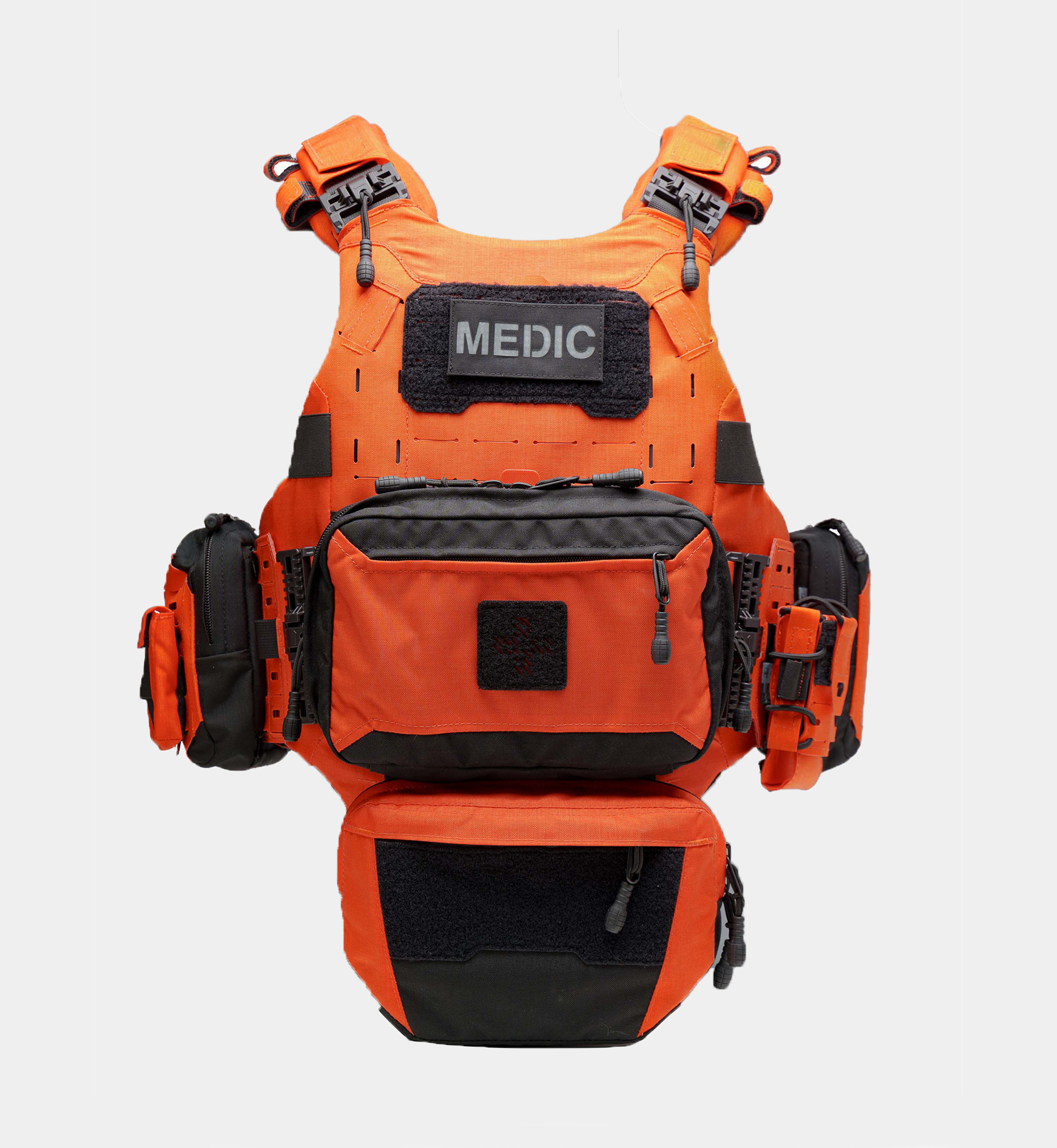
Level IIIA Protection

Level IIIA + Multi-Threat Blade Resistance
Conclusion:
As search and rescue missions grow more complex and dangerous, professionals need gear that evolves with the threats they face. The VSV Cataphract SAR vest bridges the critical gap between trauma response and personal protection, offering advanced ballistic defense, mission-specific features, and intelligent design—all tailored for real-world search and rescue scenarios.
Upgrade your protection. Choose the VSV Cataphract.


